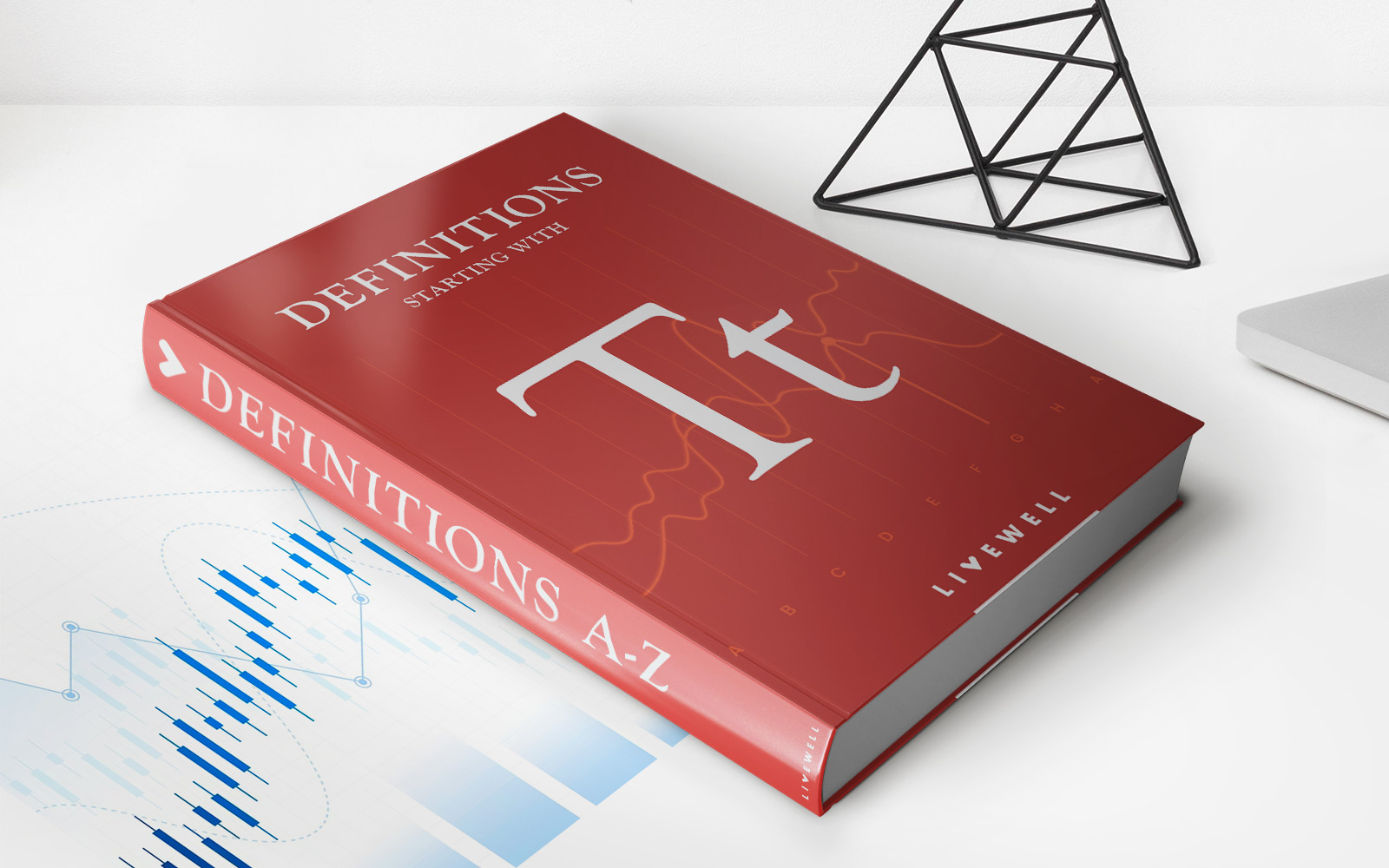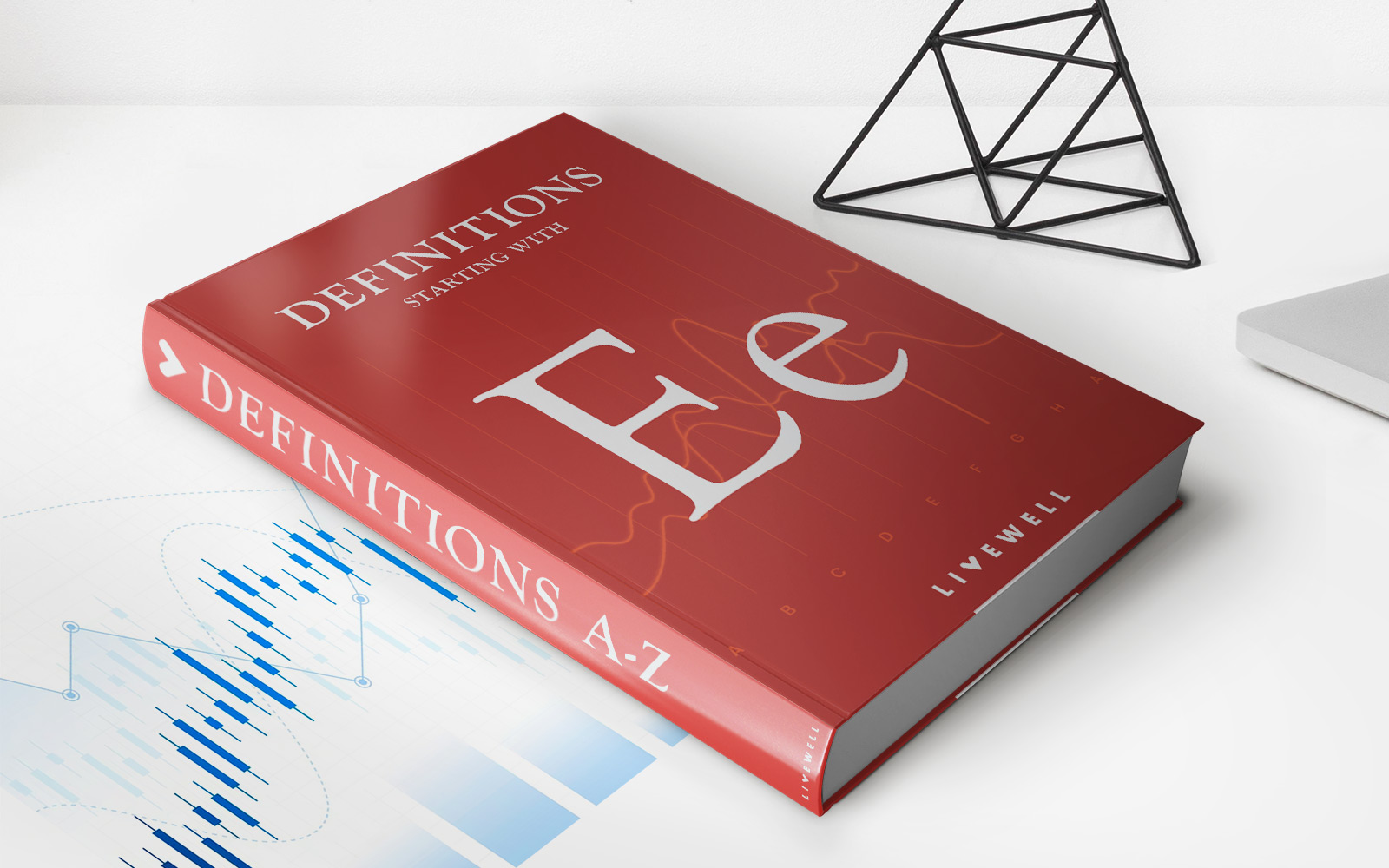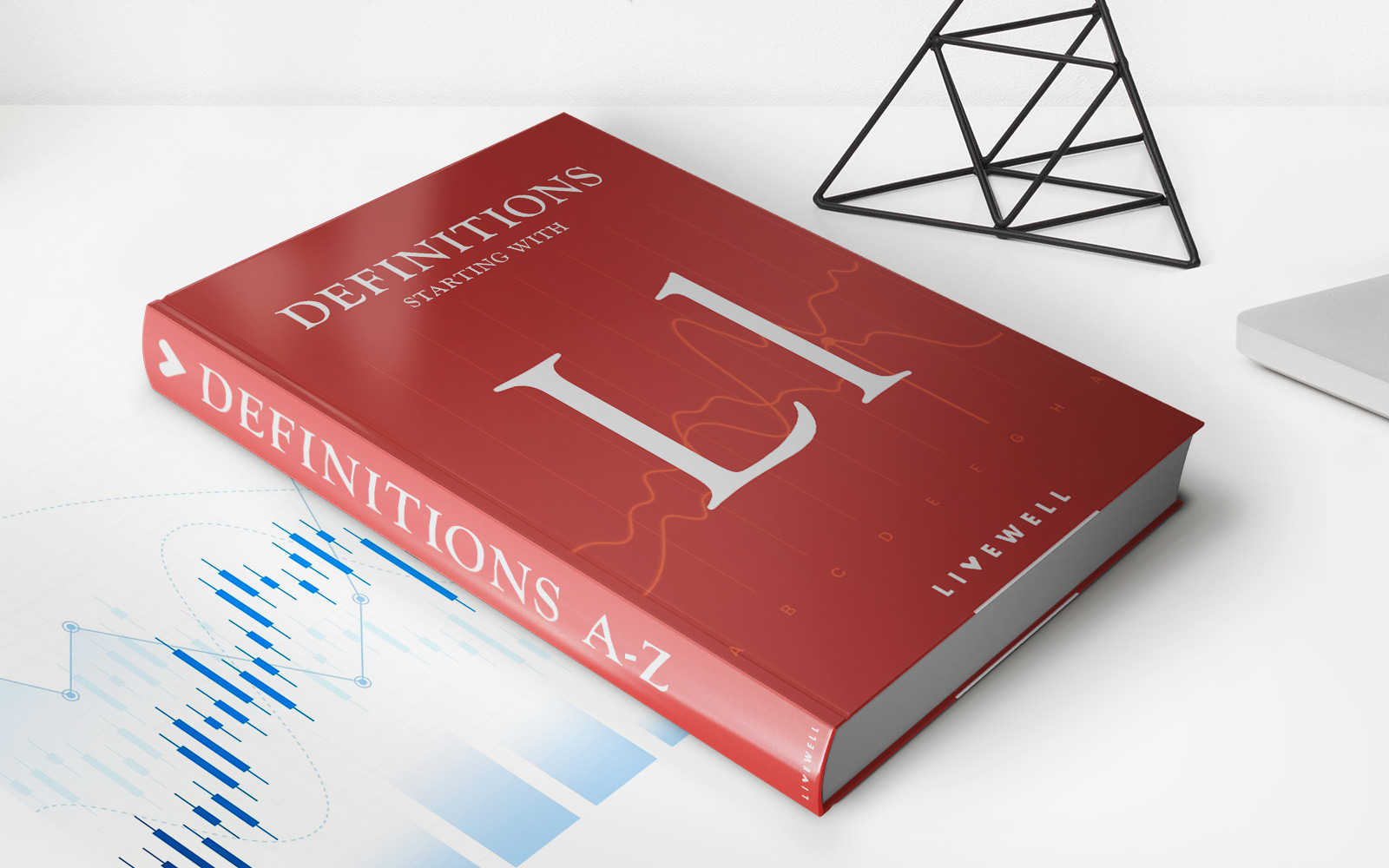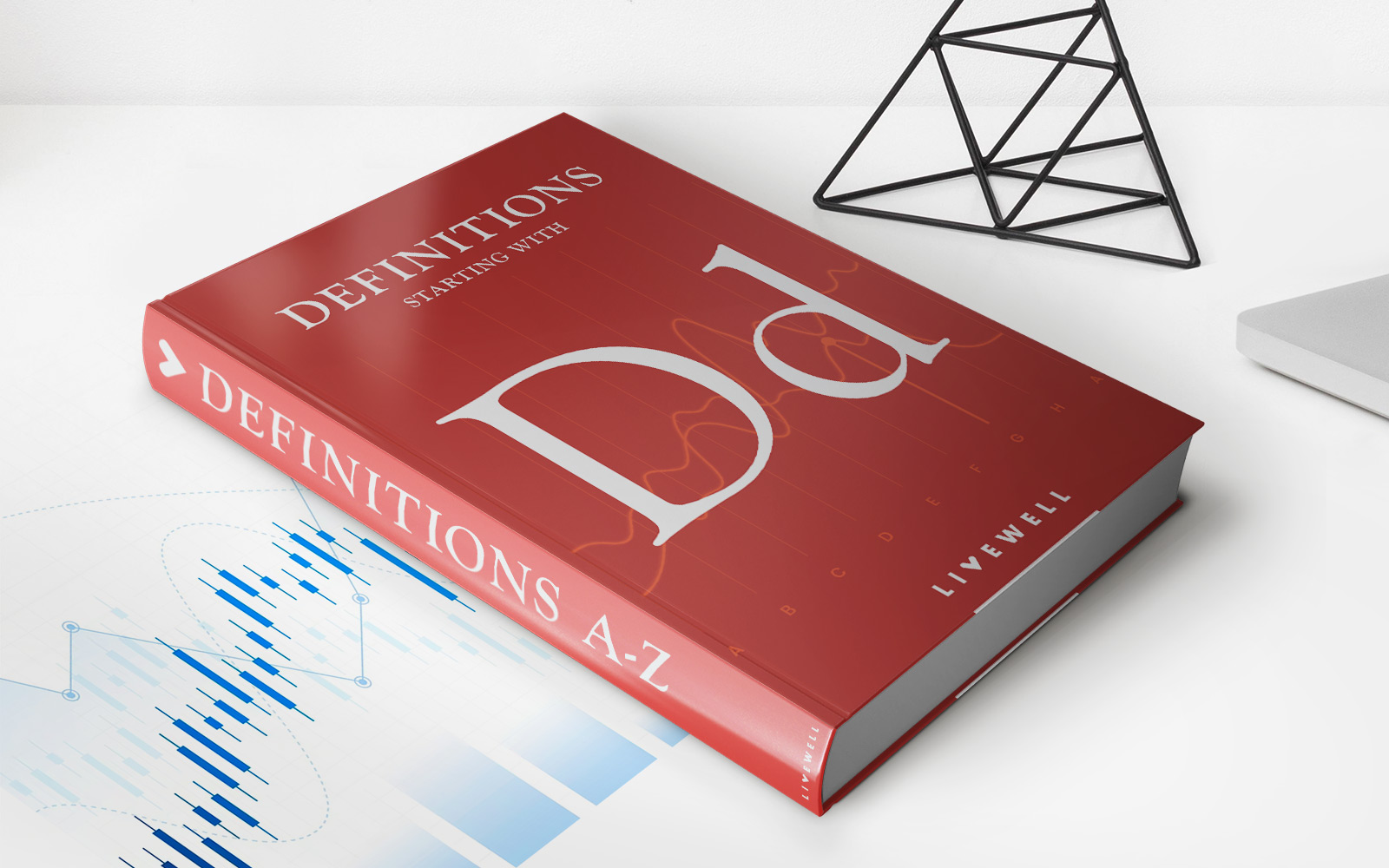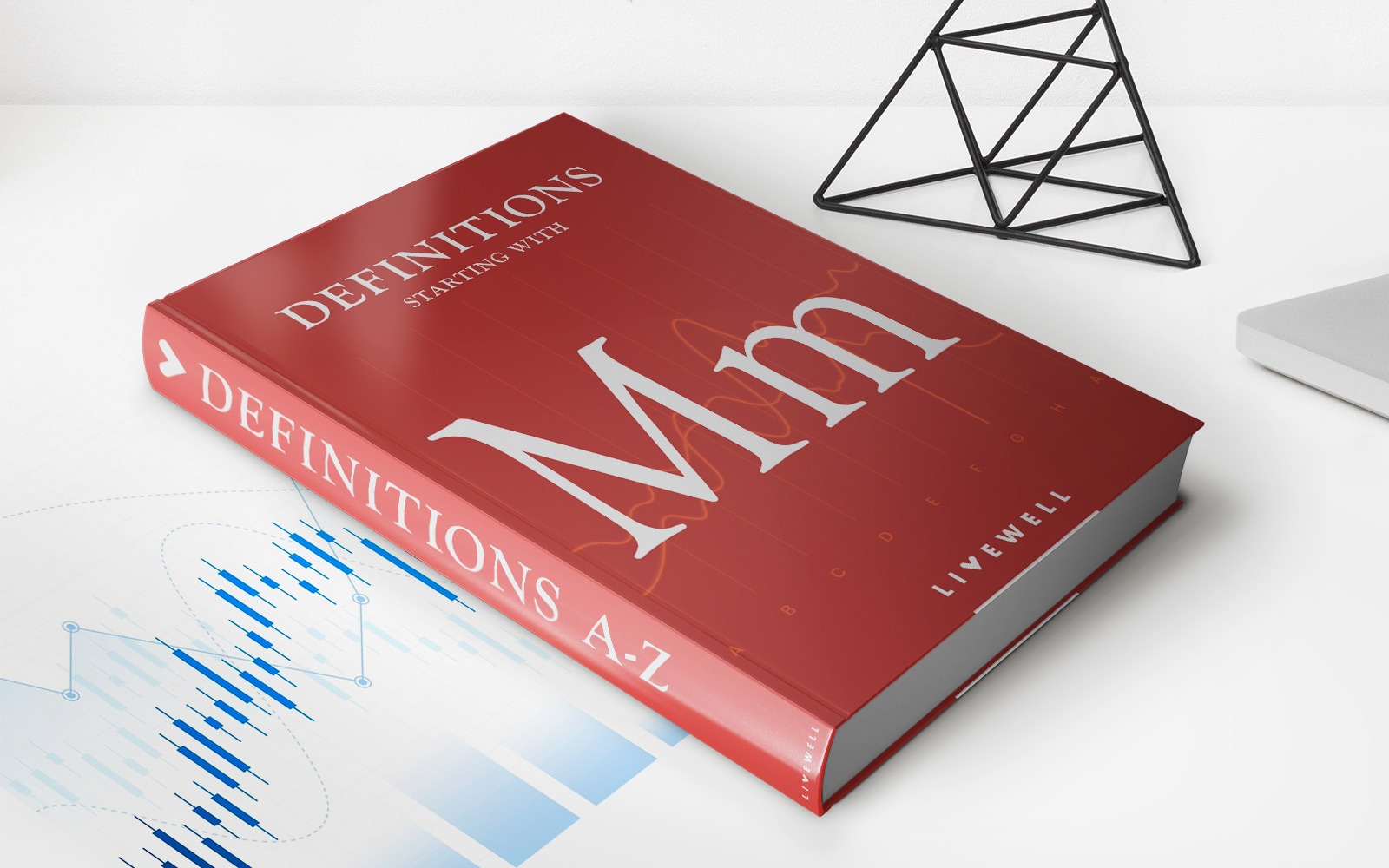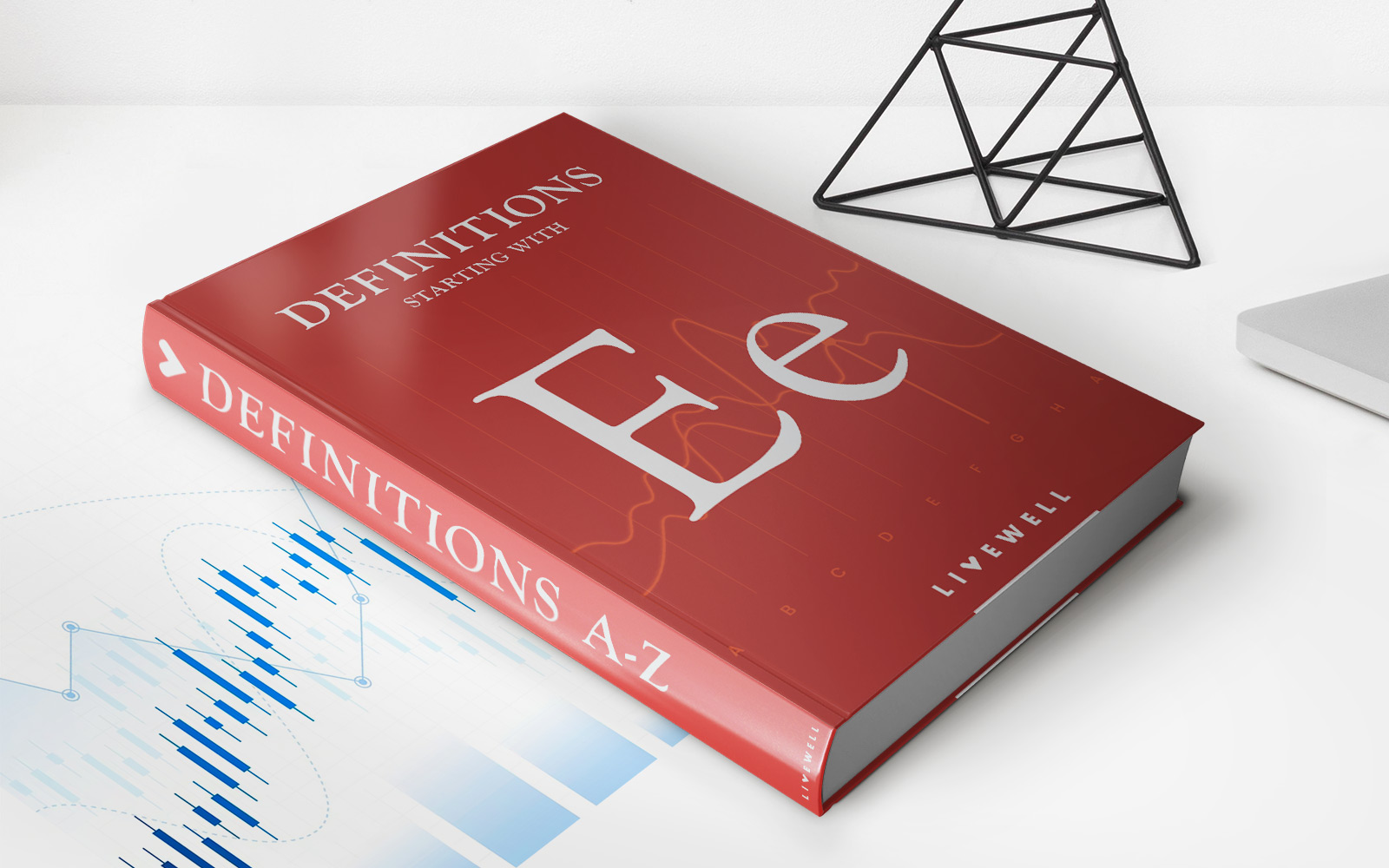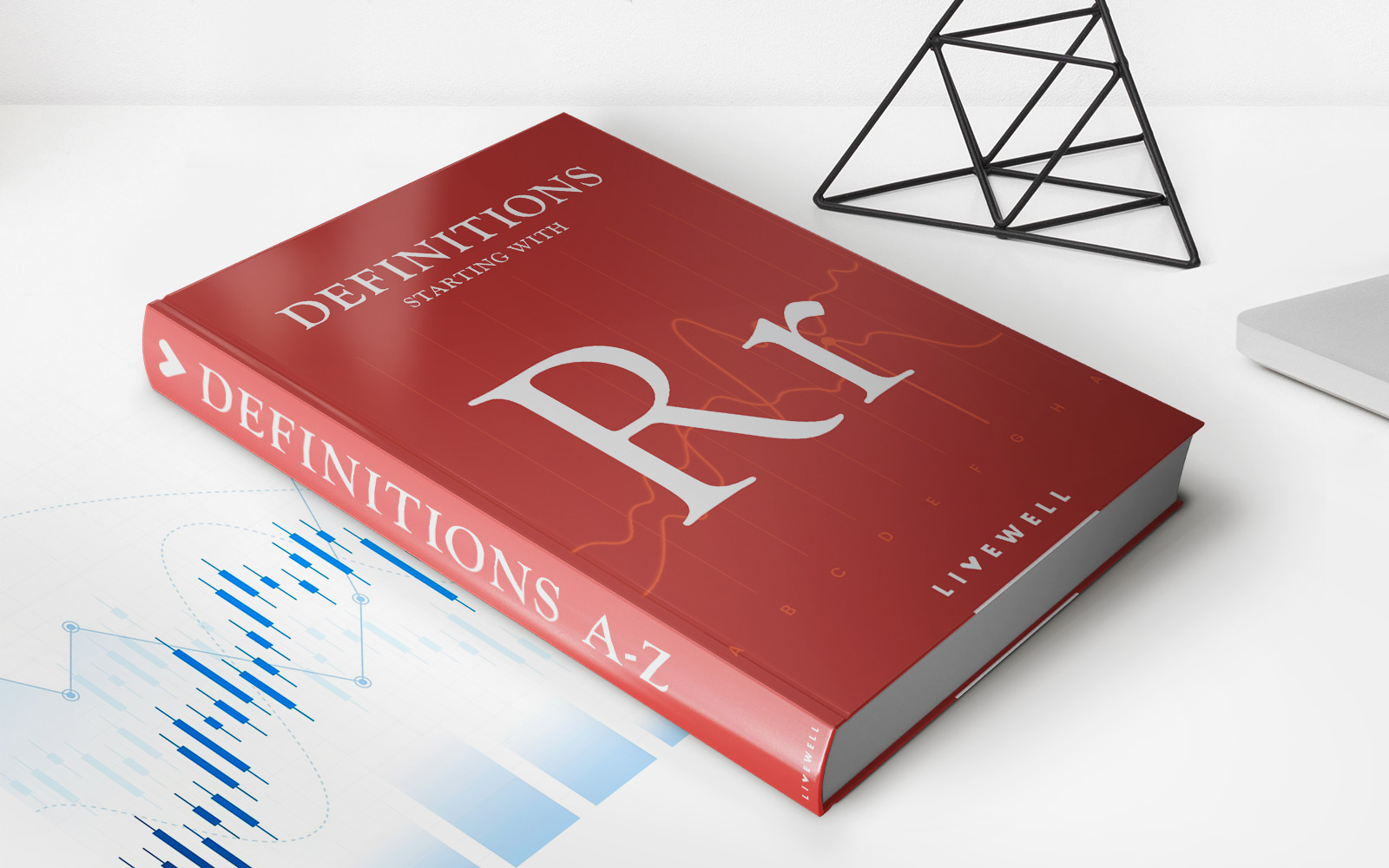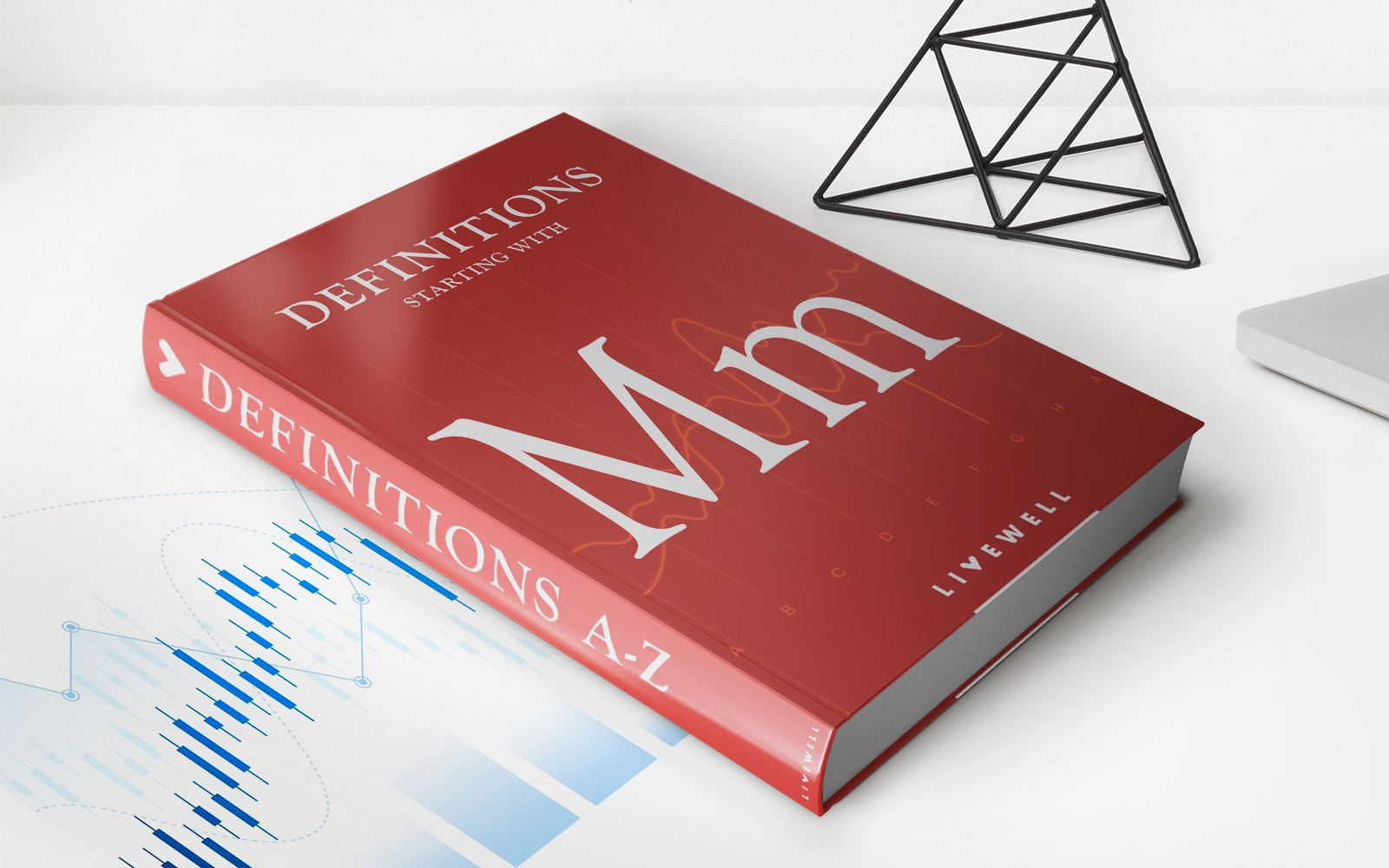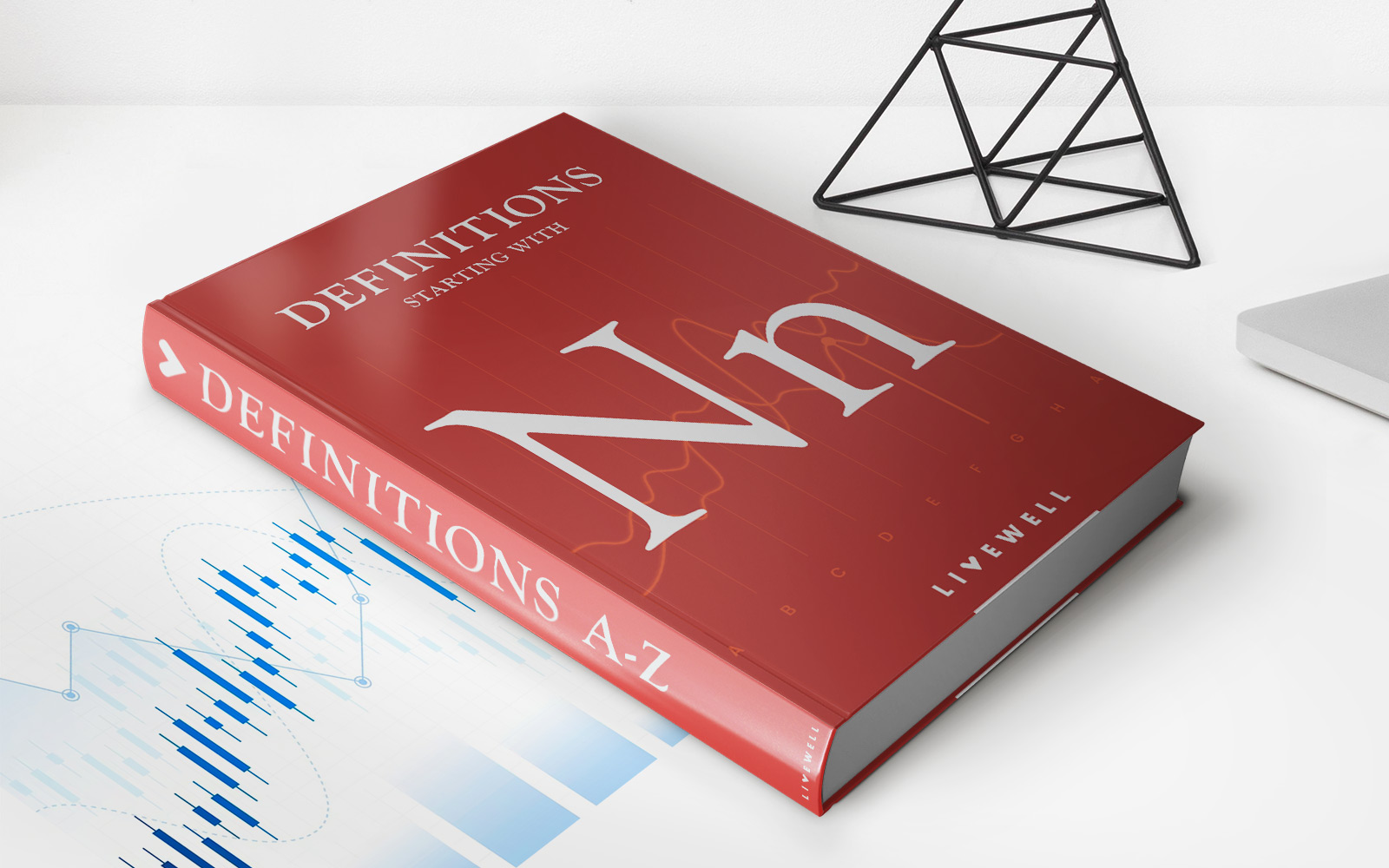

Finance
Nonperiodic Distribution Definition
Published: January 1, 2024
Learn about the nonperiodic distribution in finance, its definition, and importance. Understand how it impacts the financial market and investment strategies.
(Many of the links in this article redirect to a specific reviewed product. Your purchase of these products through affiliate links helps to generate commission for LiveWell, at no extra cost. Learn more)
Understanding Nonperiodic Distribution in Finance
When it comes to managing our finances, it’s important to have a clear understanding of various terms and concepts in order to make informed decisions. One such concept is nonperiodic distribution. In this blog post, we’ll delve into what exactly a nonperiodic distribution is and how it can impact your financial decisions.
Key Takeaways:
- A nonperiodic distribution refers to a one-time or irregular payment made from an investment or retirement account.
- Examples of nonperiodic distributions include lump sum withdrawals, partial withdrawals, or early withdrawals from retirement plans.
So, what exactly is a nonperiodic distribution? In simple terms, it is a payment made from an investment or retirement account that is not part of a regular income stream. Unlike periodic distributions, which are made at regular intervals such as monthly or yearly, nonperiodic distributions are one-time or irregular payments.
Nonperiodic distributions can take various forms depending on the specific situation. Some common examples include:
- Lump sum withdrawals from an investment account.
- Partial withdrawals from a retirement plan.
- Early withdrawals from retirement plans before reaching the age of eligibility.
Nonperiodic distributions can have both benefits and drawbacks, depending on the individual’s financial goals and circumstances. Some potential advantages of nonperiodic distributions include:
- Flexibility: Nonperiodic distributions provide the flexibility to access funds when needed, especially in emergency situations.
- Opportunity for investment: A lump sum distribution can be reinvested elsewhere, potentially providing higher returns or growth opportunities.
On the other hand, there are also potential downsides to consider, such as:
- Early withdrawal penalties: Withdrawing funds from certain retirement accounts before reaching the eligibility age may incur penalties and tax implications.
- Loss of compounding growth: Taking out a lump sum distribution may result in missed opportunities for compounding and long-term growth.
It is important to carefully evaluate the potential benefits and drawbacks of a nonperiodic distribution in light of your specific financial goals and circumstances. Consulting with a financial advisor can help you make an informed decision and navigate the complexities involved.
In conclusion, nonperiodic distributions are one-time or irregular payments made from investment or retirement accounts. They offer flexibility and opportunities for immediate financial needs or investment, but they also come with potential penalties and may impact long-term growth. Understanding the concept of nonperiodic distribution is essential in order to make well-informed financial decisions.
